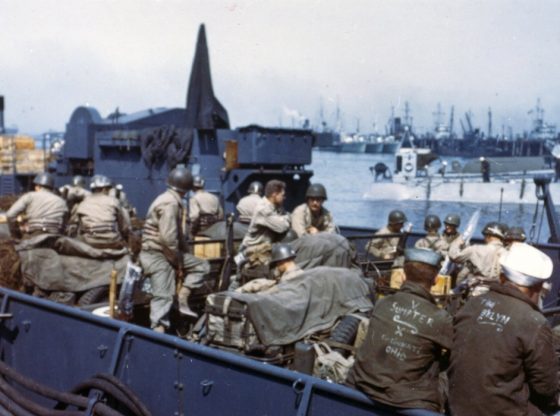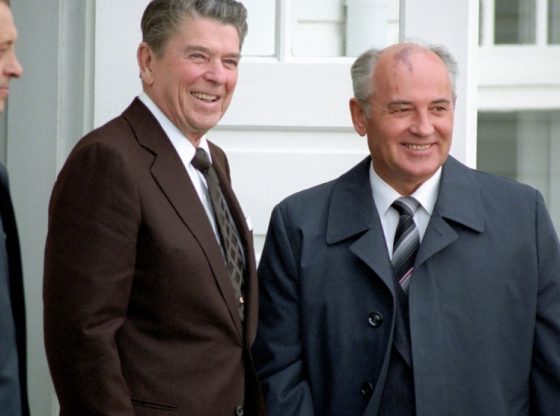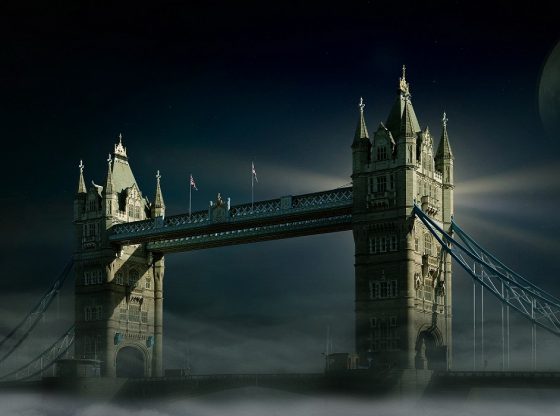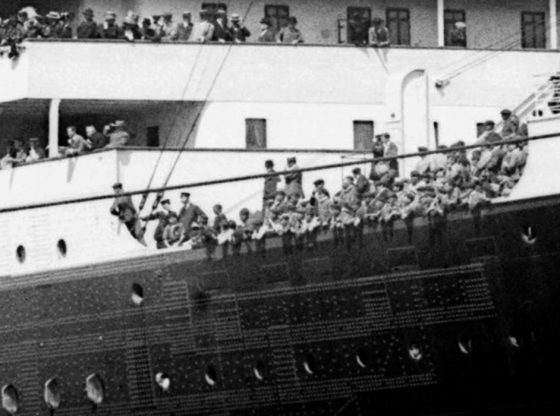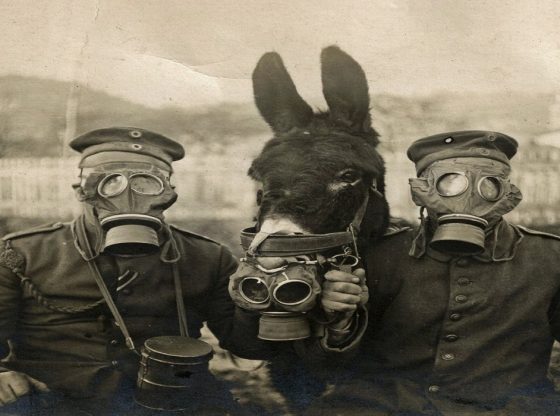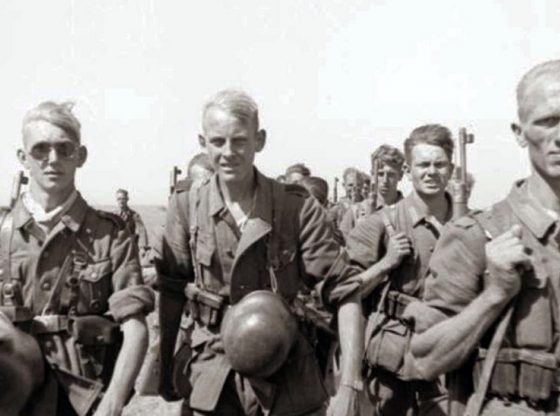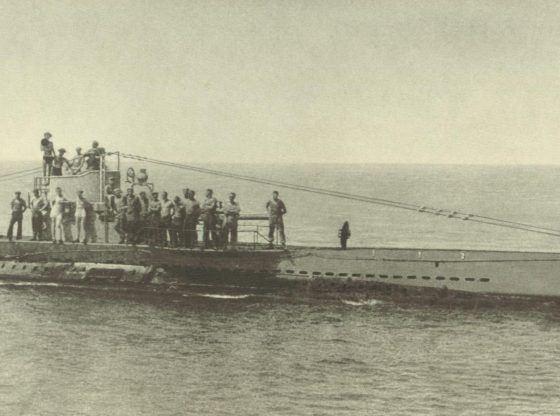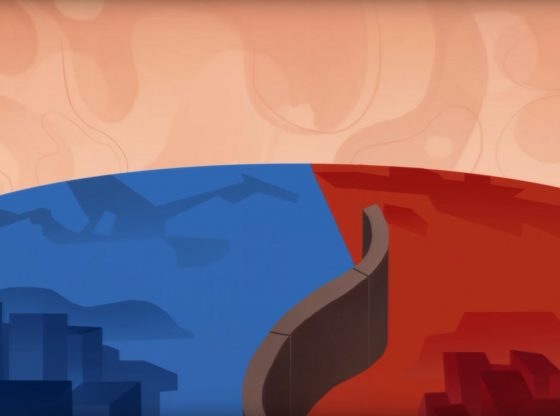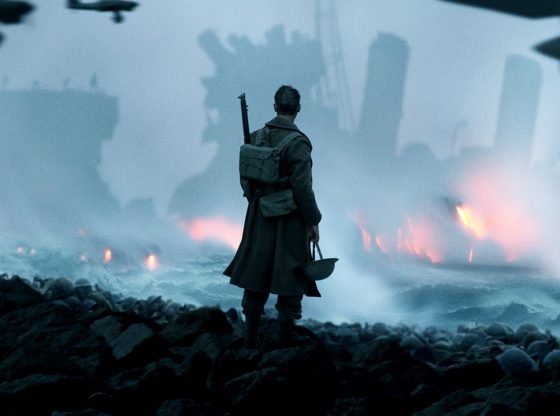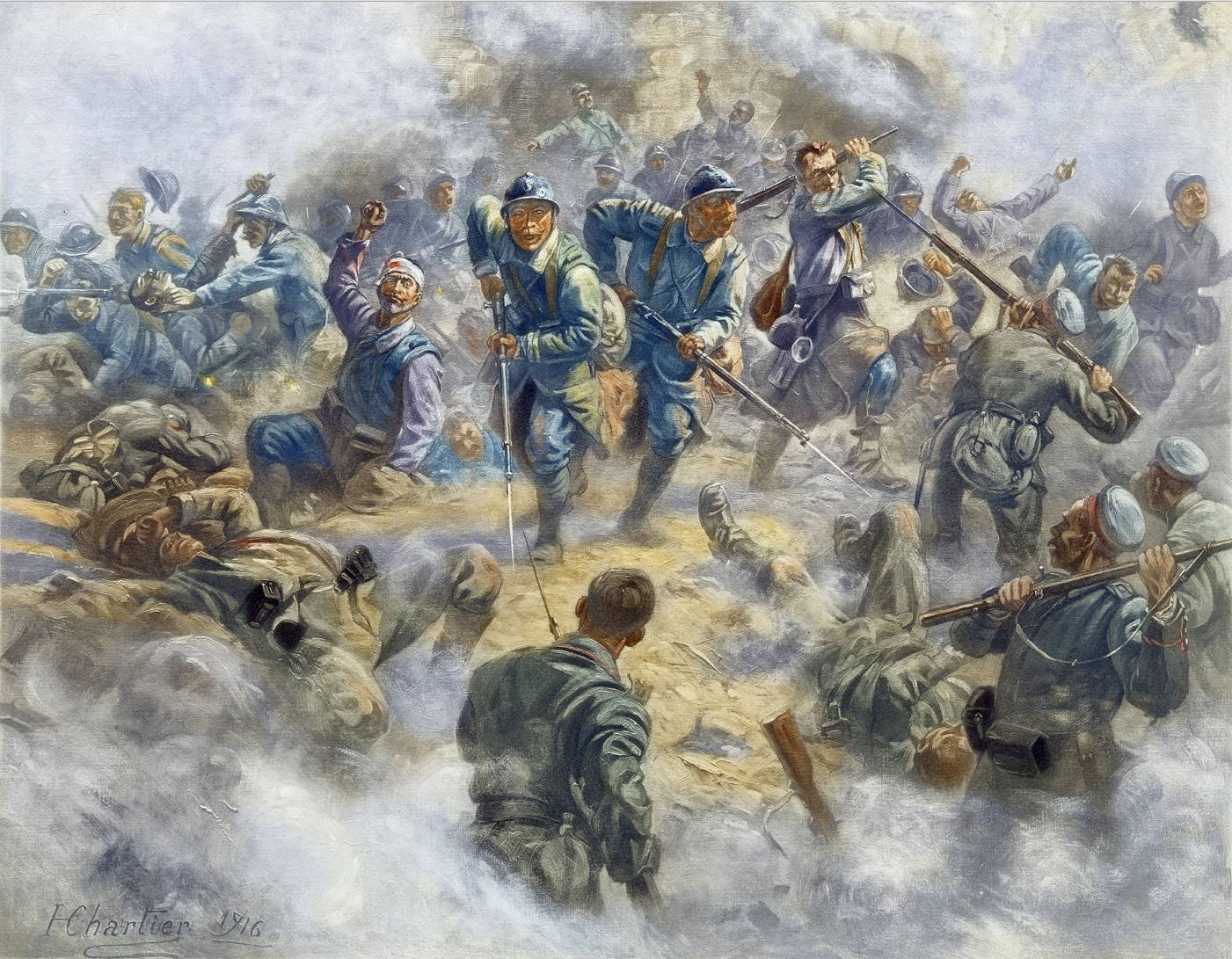
Battles change the course of history, they win wars, they topple thrones and redraw borders. Battles have been a part of human history since the beginning of time. They are an intricate part of wars and the events that set the path of events to follow, as instruments molding the future.
By deciding which group, nation or alliance that ends up victorious, they influence the spread of ideology, culture, civilization and religious dogma. Some battles are not directly influential on the path of history on their own, but rather, influential as instruments of propaganda with an impact on public opinion.
This series of articles highlights some of these decisive engagements, but rather than ranking the battles according to their influence on history. Each article will detail the narrative, what happened, what the participants, the leaders and the people of that time thought in those rare cases where their words have been documented parts of history.
Please see the article tag Biggest battles in history series for more articles on the biggest and bloodiest battles in human history.
World War I
The First World War (1914-1918) was something new in human history as the number of people involved and the devastation of the newly developed weapons and machinery became apparent – this war was thought as the war to end all wars.
Old military tactics meet with new technology that made the same old tactics obsolete by the most gruesome ways imaginable. This war was particularly deadly with human causalities often almost beyond comprehension. Several battles exceed 500,000 casualties. To mention a few, The battle of Somme, The battle of Verdun, The Brusilov Offensive, The Spring Offensive, The Battle of Passchendaele and the First Battle of the Marne.
The Battle of Verdun

The Battle of Verdun (21 February to 18 December 1916) is closely linked to the Battle of the Somme, as the British launched the Somme offensive to take pressure off the French who suffered enormous losses at the Battle of Verdun. This battle was a German strategy thought of as a possible game changer and a turning point in the war; by imposing such great losses on the French, effectively annihilating the enemy, the French would be forced to surrender.
Before the First World War had begun, a potential great war was very much viewed in a quite naive and innocent manner, thought of in heroic terms of gentlemen fighting in a gentlemen’s war – the blunt reality of total war was quite the opposite. More terrible with every passing day with both sides seeking ever more extreme ways of Coup de grâce to end the war.
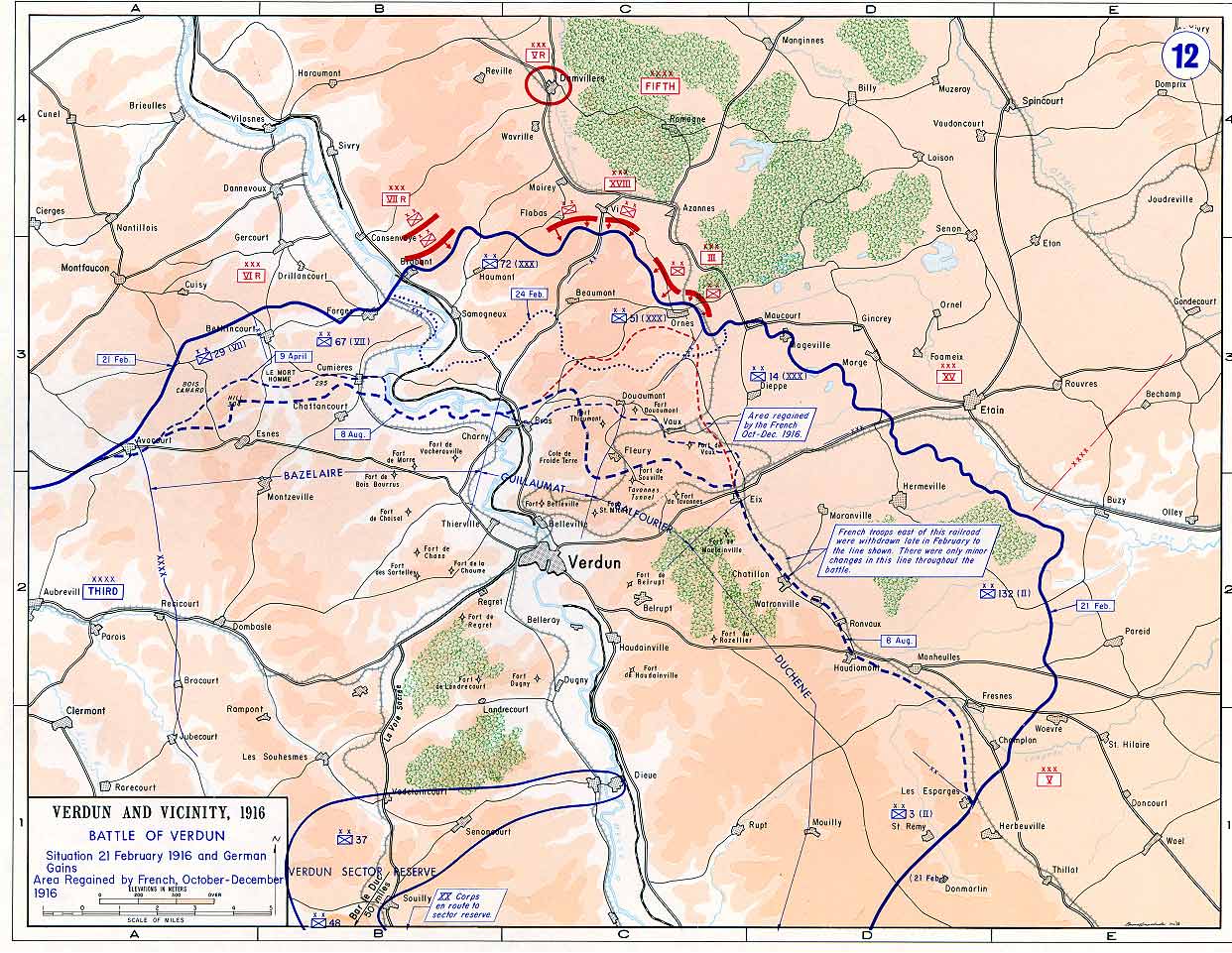
Verdun was to be such a Coup de grâce as strategized by German generals and the Chief of the German General Staff, Erich von Falkenhayn. Code-named Operation Gericht (German for “judgment” or “tribunal”) it was the brainchild of von Falkenhayn who was faced with a problem; the war against France, Belgium, and Britain was not going as planned by Prussian strategists.
The intricately developed Schlieffen Plan was devised by Field Marshal Alfred von Schlieffen before the war, as a deployment plan for a war-winning offensive, in a one-front war against the French Third Republic. The plan was for the German armies to slice through Belgium and into northern France, sweeping its way forward before seizing Paris in a massed assault.
The Belgians had fought valiantly, however, France’s Russian ally had invaded the eastern German Empire, and the French had then smashed into the exposed flank of the German army on the River Marne, halting its drive forward towards Paris. Both sides had then dug in, and the war of movement—and German dreams of a lightning victory in accordance with the Schlieffen Plan, vanished into the horrors of trench warfare.
Now, the Germans were desperate for a change in the war and Verdun was to be that change. It was thought of as a relentless attack that would knock France out of the war and bring the British to the peace table.
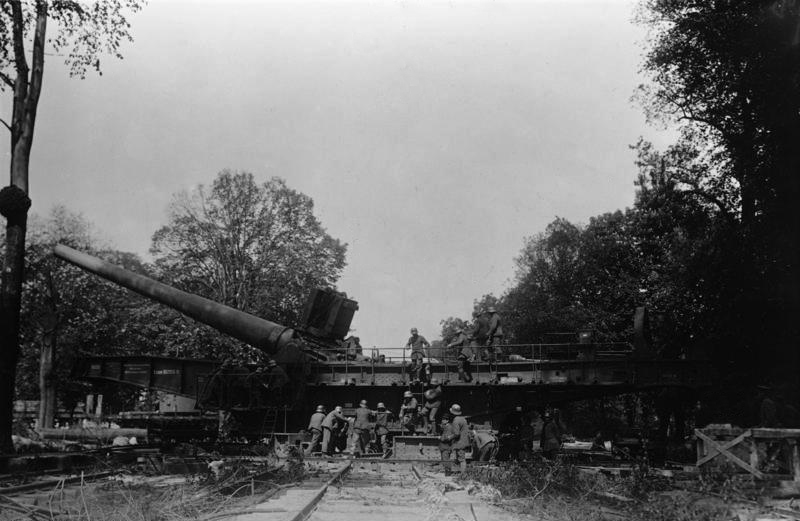
Verdun was Falkenhayn and his general staff of choice, a narrow stretch of land with a historic sentiment for the French. The area around Verdun contained 20 major fortresses and 40 smaller ones that had historically protected the eastern border of France. It was probably the strongest fortified area in the world, an area that symbolized the French army, French honor, and independence, indeed, France itself.
Falkenhayn believed that the French would do everything in their power to stop these forts from falling to the enemy, as it would be a national humiliation, a too great of a prestige loss do endure. For this reason, the French would fight to the last man. The Germans reasoned that the French would lose so many soldiers that the battle would change the course of the war.
The objective was not to break through the French lines, it was not even to capture the forts themselves, it was to destroy the French army by attrition and then see what opportunities would be presented afterward. Verdun was thought of as an “attrition trap” and a “prestige trap”, or perhaps in a more gruesome context, a “meat-grinder”.
The Germans relied on their heavy artillery to play a major role in the coming battle. The huge Krupp-manufactured 420mm “Big Berthas” that had leveled the “indestructible” Belgian forts of Liège and Namur at the beginning of the war would do the same with the French fortresses at Verdun.
The string in France has reached the breaking point. A mass break-through – which in any case is beyond our means – is unnecessary. Within our reach, there are objectives for the retention of which the French General Staff would be compelled to throw in every man they have. If they do so the forces of France will bleed to death.
– Falkenhayn in a letter to Kaiser William II.
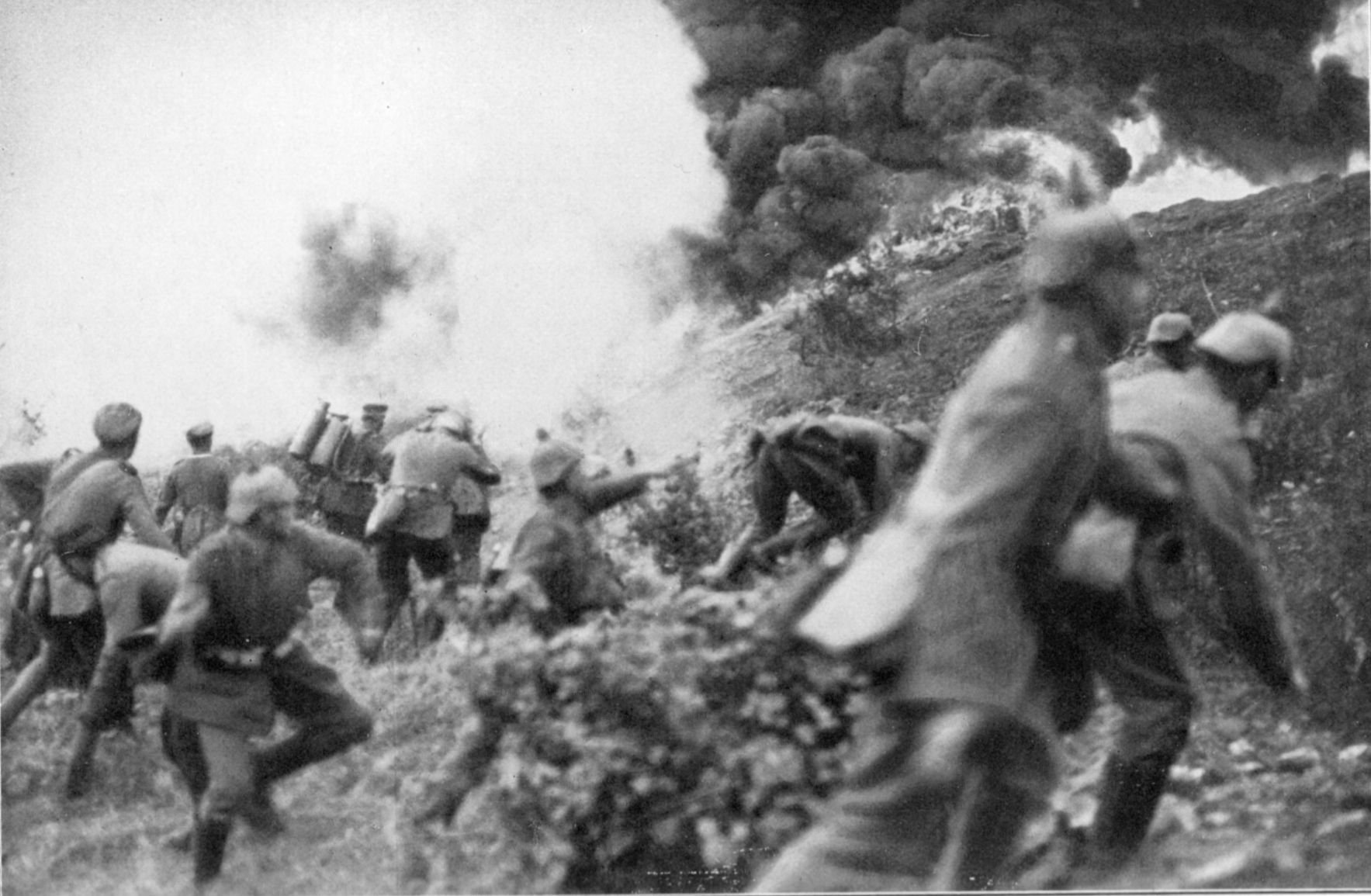
The Battle of Verdun began on February 21st, 1916 and ended on December 16th in 1916. Some 140,000 German troops launched the attack, these soldiers were supported by 1,200 artillery guns that unleashed 2,500,000 shells at the Verdun region. The opening bombardment was to build up slowly and Trommelfeuer (a rate of fire so rapid that the sound of shell-explosions merged into a rumble) would not begin until the last hour.
The Germans amassed an immense lineup of artillery consisting of over 542 heavy guns, 17 305mm howitzers, 13 “Big Berthas” capable of hurling a 1-ton shell for several miles, added to these were mortars, medium, and light guns.
A storm, a hurricane, a tempest growing ever stronger, where it was raining nothing but paving stones.
– French Corporal Stephane
More than two million gas, shrapnel, and high-explosive shells were fired into the narrow 13-kilometer (8 miles) front, with shells falling, as one historian has estimated, at a rate of 100,000 an hour, 1,700 a minute, 30 a second.
Once the artillery bombardment had stopped, the German infantry began advancing half an hour later, expecting to find none alive in this destroyed lunar-like landscape full of craters. They were wrong. Although many French soldiers had died, the defenses were intact and to the Germans surprise put up a harsh resistance, ultimately resulting in a German retreat.
General Philippe Pétain was put in charge of the defense of Verdun. At first the French only had some 30,000 troops to defend the area, but soon reinforcements were to arrive. By the end of April, the Germans had lost around 120,000 soldiers and the French 133,000.
When they came out of the battle, what a pitiful sight they were. Their expressions seemed frozen by a wisdom of terror; they sagged beneath the weight of horrifying memories.
– General Pétain describes the looks of the French soldiers in his memoirs.
Pétain asked for more men but was denied, instead, he was replaced by General Nivelle who adhered to the idea of an offense being the best defense. By the summer, France had turned the air war to their favor, with air supremacy over the Germans, but air counted for almost nothing in the First World War, as the battle on the ground continued of simple attrition with casualties mounting on both sides.
To die from a bullet seems to be nothing; parts of our being remain intact; but to be dismembered, torn to pieces, reduced to pulp, this is the fear that flesh cannot support and which is fundamentally the great suffering of the bombardment.
Hell cannot be so terrible as this. Humanity is mad; it must be mad to do what it is doing.” “An artery of French blood was spilt on February 21st and it flows incessantly in large spurts.
I saw a man drinking avidly from a green scum-covered marsh, where lay, his black face downward in the water, a dead man lying on his stomach and swollen as if he had not stopped filling himself with water for days.
– Anonymous French soldiers
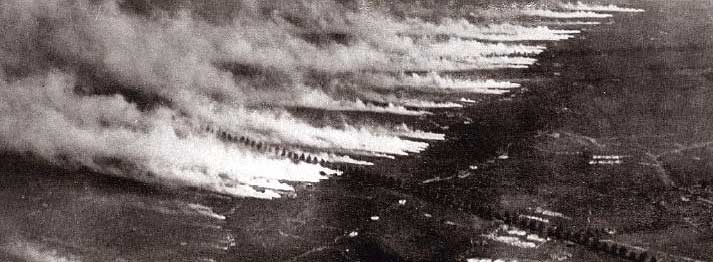
On June the 1st, Germany launched a massive attack, they achieved in taking 4 kilometers (2,5 miles) from the French, but the German army was stretched to the limit. And by the end of October 1916, the French had recaptured much of what they had lost.
The frontline must have been hell for the ordinary German and French soldiers, although most rarely ever saw a living enemy, the horrors of the trenches were real, with constant sniping, odd machine-gun blast fired at head level and the ever constant reoccurring artillery bombardment.
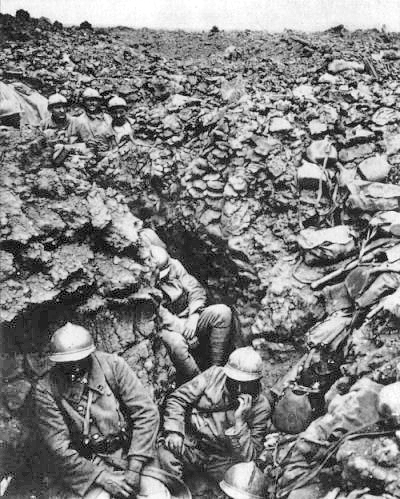
The life down in the trenches were not much better, full of mud, foul water, filthy sanitary conditions, that caused a plague of diseases, frostbite, dysentery, meningitis, trench foot, which often turned into gangrene, pneumonia, and venereal disease.
The situation often resulted in a complete sapping of morale, lethargy, and a vacant-eyed form of soldier’s depression from whence the term “shell shock” comes.
In May, French General Nivelle who had taken over the Second Army and ordered General Charles Mangin, commander of the 5th Division to plan a counter-attack on Fort Douaumont. The assault began at 11:50 a. m. on 22 May on a 1-kilometre (0.62 mi) front after artillery bombardment by four 370 mm mortars and 300 heavy guns, that began on 17 May. The attack resulted in no gained territory, but with circa 20,000 men lost in total for both sides.
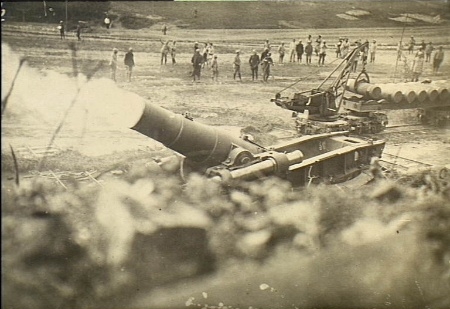
By the end of May, French casualties at Verdun had risen to circa 185,000 and in June German losses had reached circa 200,000 men. The germans and the french would launch several offensives during late summer and early autumn, resulting in no gained ground.
In October 1916 the French began the 1ère Bataille Offensive de Verdun (First Offensive Battle of Verdun), a large-scale attack that aimed to retake some of what the Germans took during the early days of the battle. The French artillery fired 855,264 shells, then the infantry advanced 50 meters (55 yds) behind a creeping field-artillery barrage. The Germans had partly evacuated the area, resulting in territory gained by the French.
The 2ième Bataille Offensive de Verdun (Second Offensive Battle of Verdun) was to follow up on the first offensive’s success. It was planned by Pétain and Nivelle and commanded by Mangin. Began at on 15 December, after a six-day bombardment of 1,169,000 shells, fired from 827 guns. The German defense collapsed and 13,500 men of the 21,000 in the five front divisions were lost, most having been trapped while undercover and taken prisoner when the French infantry arrived
The battle at Verdun continued on until December after the battle of Somme was considered to have ended. Although casualties were indeed enormous for the French, the number of casualties on both sides were immense.
Falkenhayn had underestimated the French, for whom victory at all costs was the only way to justify the sacrifices already made. The scale of German losses brought Falkenhayn much criticism resulting in Falkenhayn’s removal as Chief of Staff and Paul von Hindenburg’s installation, along with Erich Ludendorff. It was also the battle that made General Philippe Pétain a hero in France.
The success of German warfare on the eastern front against Russia would later enable Germany to move soldiers and equipment from the eastern front to the western, and with some success initially under Erich Ludendorff on the western front, the arrival of fresh American troops would ultimately be the Coup de grâce so sought after by both sides.
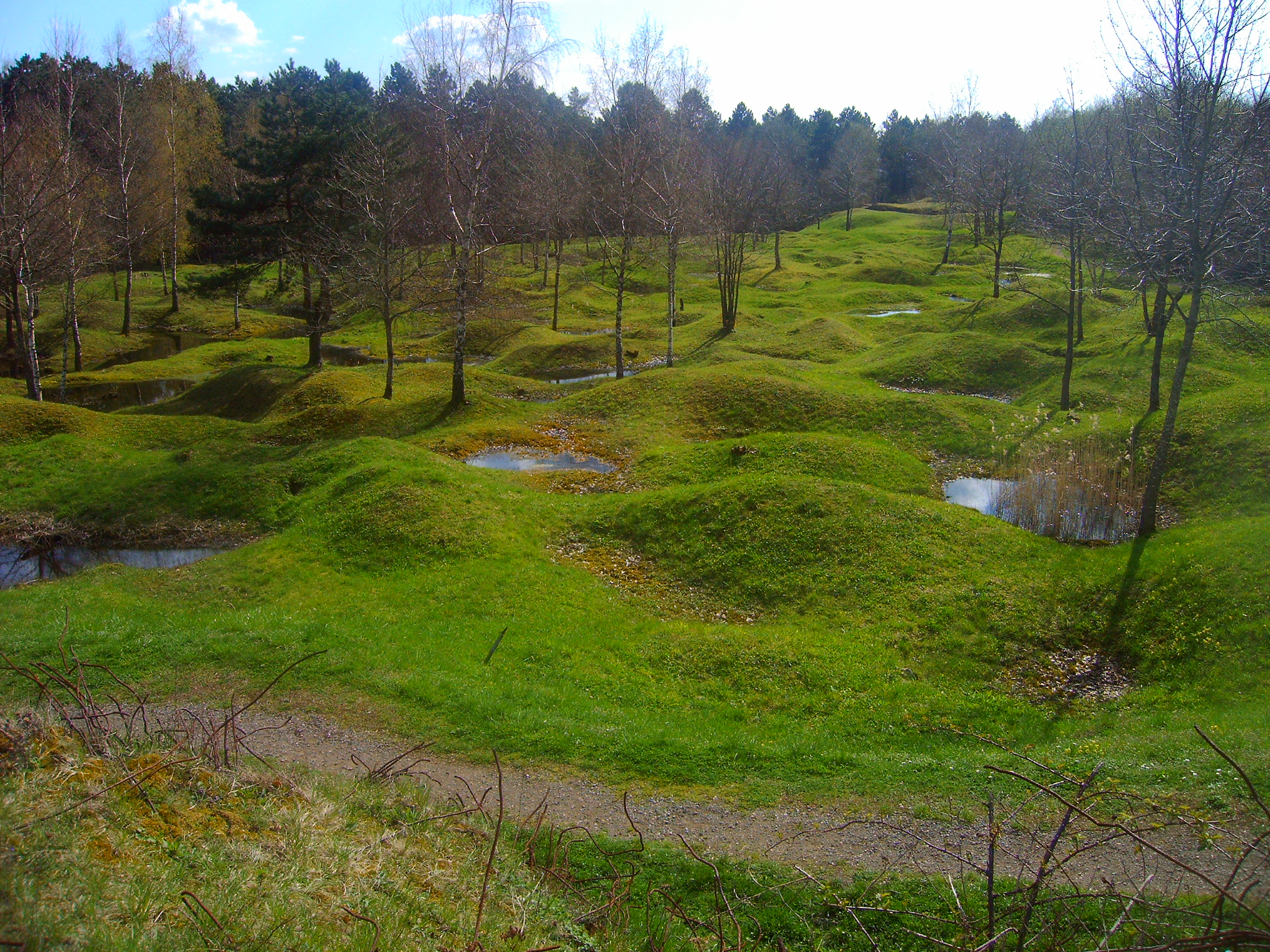
The estimated number of causalities at the Battle of Verdun is 714,231 in total, with 377,231 French and 337,000 German. With an average of 70,000 casualties for each month of the battle. Other more recent estimates increase the number of casualties to around 976,000.
French leaders and commanders were Joseph Joffre, Noël de Castelnau, Fernand de Langle de Cary, Frédéric-Georges Herr, Philippe Pétain, Robert Nivelle, Adolphe Guillaumat, Auguste Hirschauer and Charles Mangin. German leaders and commanders were Erich von Falkenhayn, Crown Prince Wilhelm, Schmidt von Knobelsdorf, Ewald von Lochow, Max von Gallwitz and Georg von der Marwitz.
The Battle of Verdun lasted for 303 days with more than2.5 million soldiers involved, it is one of the longest, biggest and deadliest battles in human history.
Verdun transformed men’s souls,
Whoever floundered through this morass full of the shrieking and dying … had passed the last frontier of life, and henceforth bore deep within him the leaden memory of a place that lies between Life and Death.
– A German soldier
The collective idea of warfare as a glorious and honorable adventure vanished. The First World War pushed Europe us out of the 19th century and hurled the world into the 20th. The age of empires and emperors was gone, The pompous splendor of the Victorian Age, La Belle Époque, Wilhelmian Germany, and Tsarist Russia, would see itself replaced. Europe’s cultural, social, and industrial advancements, were twisted and destroyed.

